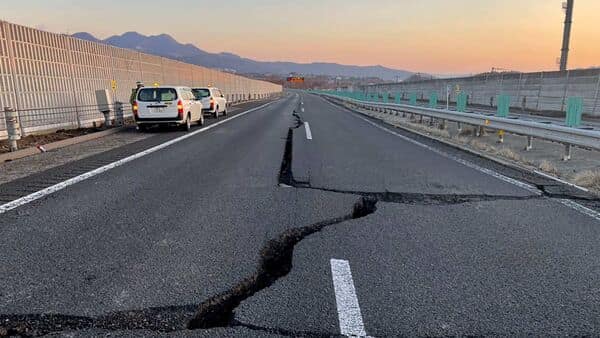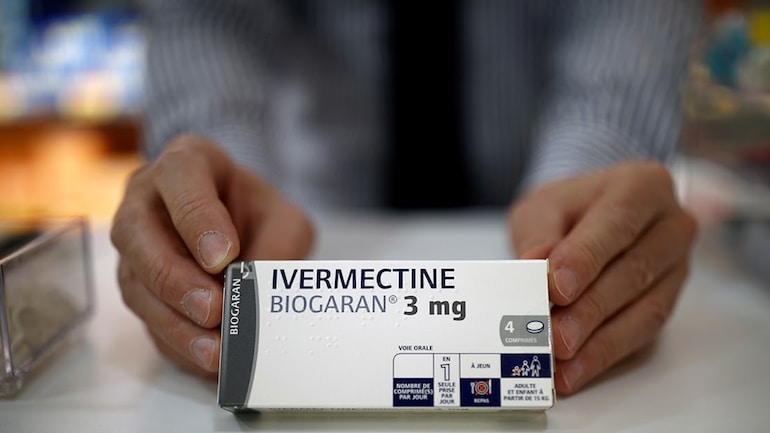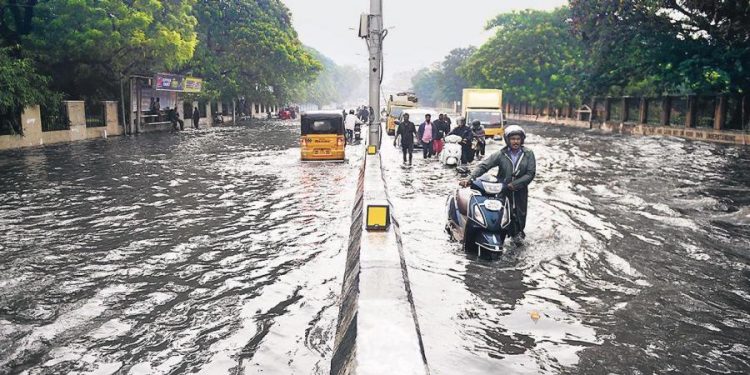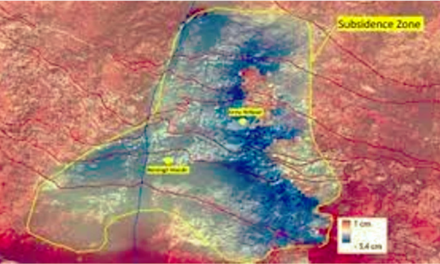The quake, initially measured at magnitude 7.3 but later revised up to 7.4 by the Japan Meteorological Agency, hit at 11.36 p.m. local time just off the coast of Fukushima prefecture at a depth of 60 kilometres.
A tsunami warning was issued but cancelled early on Thursday morning. Some areas reported a rise in the sea level but no serious damage was immediately reported.
Companies including a giant chipmaker and Toyota Motor Corp raced to assess the impact of the magnitude 7.4 quake, which struck shortly before midnight on Wednesday. Supply chain disruptions could put more pressure on already strained global output of smartphones, electronics and automobiles.
Prime Minister Fumio Kishida said four people had died and that the government would be on high alert for the possibility of further strong tremors over the next two to three days.
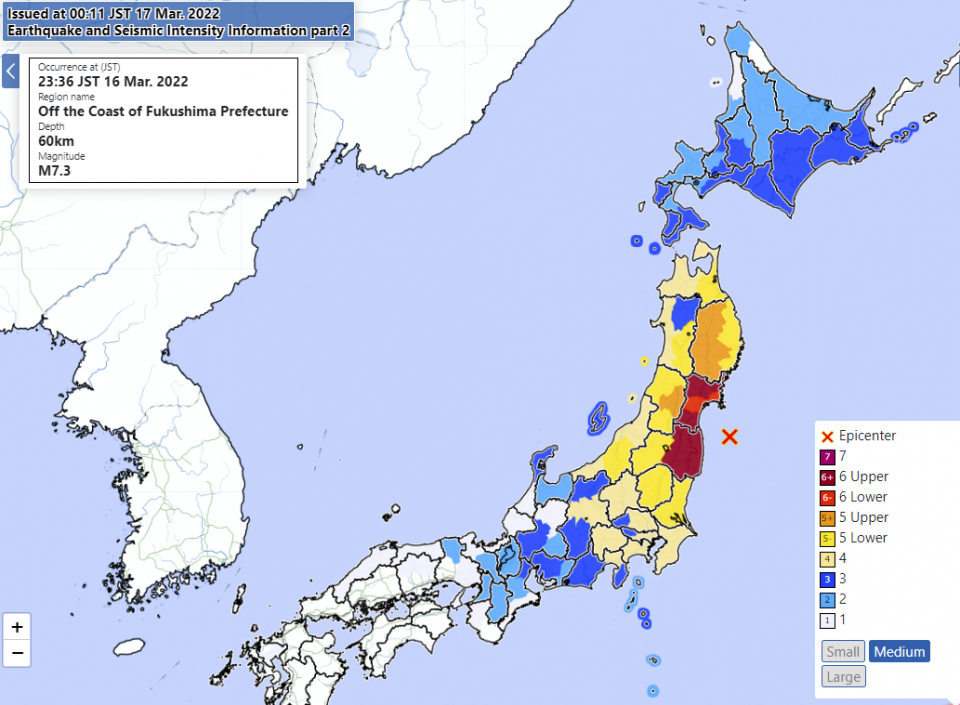
At least 107 people were reported injured, several of them seriously, with 4,300 households still without water by mid-morning. Residents of one Fukushima city formed a long queue in a parking lot to fill up plastic tanks with water for use at home.
Tens of thousands of Japanese households remained without power on Thursday morning, more than 10 hours after a powerful earthquake that left at least four dead and more than 100 injured, and severed transport links to the country’s northeast.
The temblor revived memories of the March 11, 2011 disaster in the same area, and left Shinkansen bullet train service indefinitely suspended, with at least one major highway to the region closed for safety checks.
Parts of building facades tumbled into streets below in some areas, and television footage showed a steep tiled roof crumpled over a parked, crushed car and workers examining cracked highways.
Areas of Tokyo lost power immediately after the quake, though most regained it within three hours. Also 24,270 households serviced by Tohoku Electric Power Co in northeast Japan remained without electricity by 10:00 a.m. local time (0100 GMT) on Thursday, although the firm said it expected most will have supply restored later in the day.
Renesas Electronics Corp, the world’s biggest maker of automotive microcontroller chips, said it was checking for quake damage at three plants in Japan.
Among them is its advanced Naka plant in Ibaraki prefecture, which closed for three months following the March 2011 quake and for a shorter time after a quake in 2021. It had to halt production last year because of a fire, exacerbating a global chip shortage that is forcing auto companies to curb output.
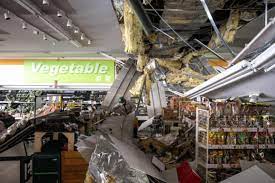
Manufacturers said they were trying to gauge the potential damage to their facilities in the region. Toyota said it had cancelled the day shift at two factories in northeast Japan after workers evacuated the plants during their evening shift on Wednesday.
The automaker said it will decide on the evening shift later. Mizuho Financial Group Inc’s main banking arm said some of its ATMs temporarily stopped operations due to power outages, but that they had all been restored to service.
In an attempt to cover the area affected by the Shinkansen outage, All Nippon Airways and Japan Airlines (JAL) said they had added extra flights to northern cities. There were no forecasts of when regular rail service might be restored.
Japan’s benchmark Nikkei stock average jumped, with no impact seen from the quake.
The 2011 quake and tsunami off Fukushima – commemorated across the country less than a week ago – left some 18,000 dead.
The 2011 disaster also set off meltdowns at the Fukushima Daiichi nuclear power plant. No abnormalities were reported at any nuclear power plants, although authorities had earlier said a fire alarm had been triggered at a turbine building at the crippled plant.

